Home>Gardening & Outdoor>Landscaping Ideas>What Does Grass-Fed And Finished Beef Mean
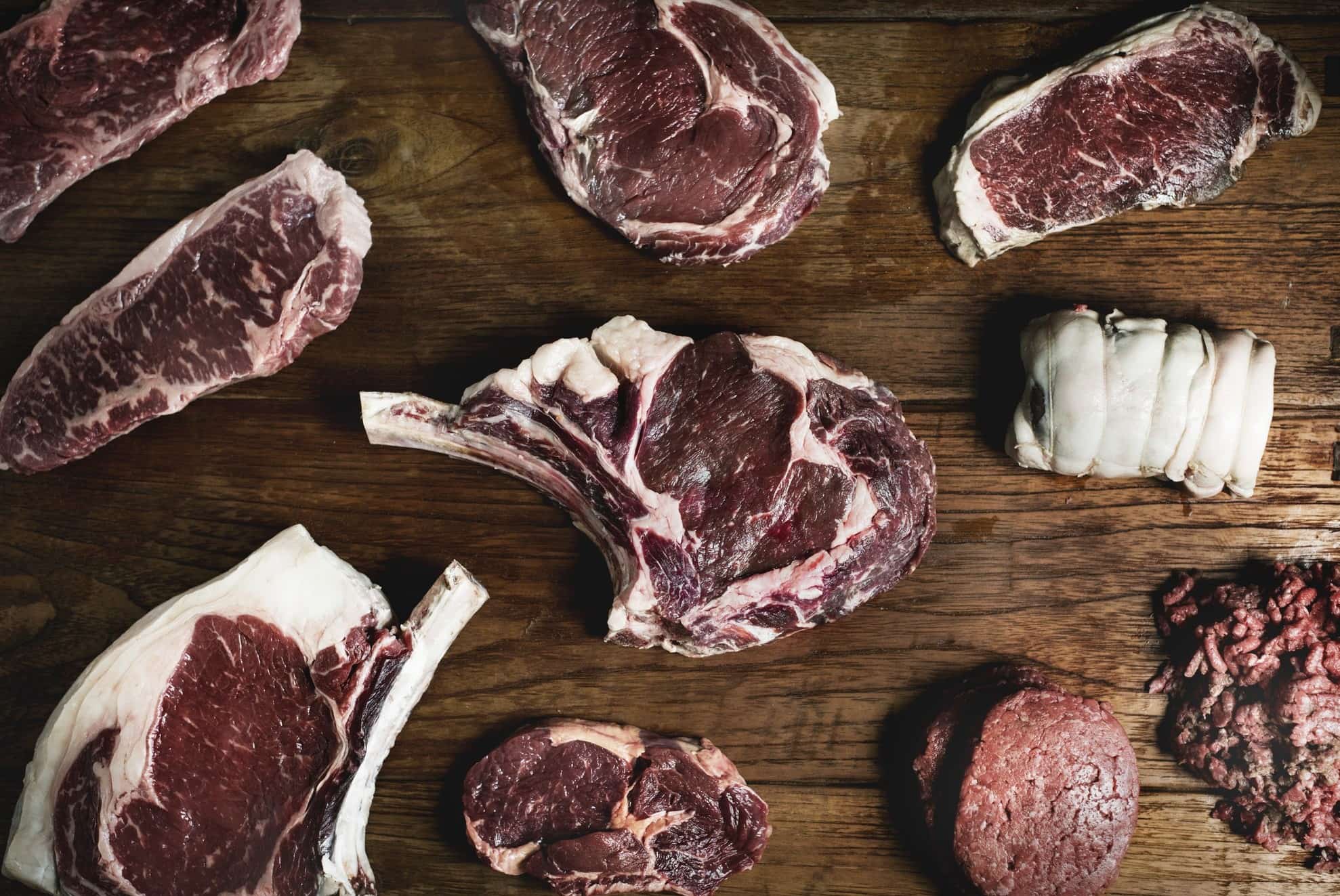

Landscaping Ideas
What Does Grass-Fed And Finished Beef Mean
Modified: August 17, 2024
Discover the true meaning of grass-fed and finished beef and how it relates to landscaping ideas. Learn the benefits and differences for a healthier and sustainable choice.
(Many of the links in this article redirect to a specific reviewed product. Your purchase of these products through affiliate links helps to generate commission for Storables.com, at no extra cost. Learn more)
Introduction
When it comes to choosing beef, the terms “grass-fed” and “grass-finished” have gained significant attention in recent years. These labels are often associated with healthier and more sustainable meat options. Understanding the difference between grass-fed and grass-finished beef is crucial for consumers who seek to make informed decisions about their food choices. This article will delve into the nuances of grass-fed and grass-finished beef, exploring their nutritional disparities, environmental impact, and implications for animal welfare.
By shedding light on the distinctions between these two types of beef, readers will gain a deeper understanding of their dietary and ethical implications. Whether you are a health-conscious individual, an environmentally aware consumer, or an advocate for animal welfare, this exploration of grass-fed and grass-finished beef will provide valuable insights to inform your beef purchasing decisions.
Key Takeaways:
- Grass-fed beef comes from cattle that eat grass, offering healthier meat with omega-3 and antioxidants. It’s good for you and the environment!
- Grass-finished beef means the cattle only eat grass, leading to leaner meat with more nutrients. It’s good for your health and the animals!
Read more: What Does Grass-Finished Beef Mean
Grass-Fed Beef
Grass-fed beef refers to cattle that primarily graze on grass or forage throughout their lives. This natural diet allows the cattle to roam in pastures, freely consuming a diverse array of grasses, herbs, and other plants. As a result, grass-fed beef is often lauded for its potential health benefits and its alignment with more traditional and sustainable farming practices.
One of the key distinctions of grass-fed beef is its nutrient profile. Research suggests that grass-fed beef is typically lower in total fat content and contains higher levels of heart-healthy omega-3 fatty acids, conjugated linoleic acid (CLA), and antioxidant vitamins, such as vitamin E. Additionally, it tends to have a more favorable omega-6 to omega-3 fatty acid ratio, which is associated with reduced risk of chronic diseases.
From an environmental standpoint, grass-fed beef production is often perceived as more sustainable than conventional grain-fed methods. Grazing cattle on natural pastures can contribute to soil health, carbon sequestration, and biodiversity conservation. Furthermore, it reduces reliance on intensive grain cultivation and the associated environmental impacts, such as deforestation and excessive water usage.
While the nutritional and environmental aspects of grass-fed beef are compelling, it’s essential to recognize that not all grass-fed beef is grass-finished. This distinction is crucial in understanding the complete lifecycle of the cattle and its potential implications for both consumers and the environment. The next section will delve into the concept of grass-finished beef and how it differs from grass-fed beef.
Grass-Finished Beef
Grass-finished beef represents a specific subset within the realm of grass-fed beef. While all grass-finished beef is grass-fed, not all grass-fed beef is grass-finished. The term “grass-finished” pertains to cattle that have exclusively consumed grass and forage for the entirety of their lives, including the finishing stage leading up to slaughter. This distinction is pivotal, as the finishing period can significantly impact the nutritional composition and flavor profile of the meat.
During the finishing phase, which occurs in the months leading up to processing, conventionally raised cattle are often transitioned to grain-based diets to expedite weight gain and marbling. In contrast, grass-finished cattle remain on pasture, where their diet consists solely of grasses and forage. This prolonged grass-centric diet is believed to contribute to a leaner meat profile and distinct flavor characteristics.
From a nutritional perspective, grass-finishing is thought to enhance the presence of beneficial compounds in the beef, such as omega-3 fatty acids, CLA, and antioxidants. The prolonged consumption of nutrient-dense forage is believed to amplify the health-promoting attributes of the meat, aligning with the preferences of health-conscious consumers seeking wholesome and nutrient-rich food options.
Furthermore, the practice of grass-finishing is often associated with sustainable and regenerative agricultural principles. By allowing cattle to complete their lifecycle on natural pastures, grass-finishing promotes biodiversity, supports soil health, and reduces the reliance on resource-intensive grain cultivation. This holistic approach to beef production resonates with environmentally conscious consumers who prioritize sustainable food systems and ethical farming practices.
Understanding the distinction between grass-fed and grass-finished beef empowers consumers to make informed choices that align with their dietary preferences and ethical considerations. The next section will explore the nutritional differences between grass-fed and grass-finished beef, shedding light on the potential health implications of these distinct beef production methods.
Nutritional Differences
The nutritional disparities between grass-fed and grass-finished beef are a focal point for consumers seeking to make informed dietary choices. While both types of beef offer distinct advantages, their nutrient profiles exhibit noteworthy variations that can influence the health implications of consumption.
Grass-fed beef, characterized by its predominantly grass-based diet, is recognized for its favorable fatty acid composition. It typically contains higher levels of omega-3 fatty acids, known for their anti-inflammatory properties and potential cardiovascular benefits. Additionally, grass-fed beef tends to boast elevated concentrations of CLA, a type of polyunsaturated fat associated with potential health advantages, including anticancer properties and improved body composition. The presence of these beneficial compounds positions grass-fed beef as a nutrient-dense protein source with potential health-promoting attributes.
On the other hand, grass-finished beef, which undergoes an extended period of grass-centric feeding, is esteemed for its leaner meat profile and intensified presence of certain nutrients. The prolonged consumption of forage is believed to amplify the levels of omega-3 fatty acids and antioxidants, contributing to the overall nutritional quality of the meat. This emphasis on nutrient density aligns with the preferences of health-conscious consumers who prioritize wholesome and nourishing dietary options.
It’s important to note that while grass-fed and grass-finished beef offer distinct nutritional advantages, their overall nutrient profiles are influenced by various factors, including the specific farming practices, breed of cattle, and environmental conditions. As such, consumers are encouraged to consider the comprehensive lifecycle of the cattle and the production methods employed to gain a holistic understanding of the nutritional attributes associated with the beef they choose to consume.
By discerning the nutritional disparities between grass-fed and grass-finished beef, consumers can make informed decisions that align with their dietary preferences and health goals. The subsequent sections will delve into the environmental impact and animal welfare considerations associated with grass-fed and grass-finished beef, offering a comprehensive exploration of the broader implications of these distinct beef production methods.
When looking for grass-fed and finished beef, make sure to check for certifications from organizations like the American Grassfed Association or the USDA. These certifications ensure that the beef comes from cattle that have been raised on a diet of grass and forage their entire lives, without any grain finishing.
Environmental Impact
The production of grass-fed and grass-finished beef carries distinct environmental implications that resonate with consumers seeking to align their dietary choices with sustainable and eco-conscious practices. Understanding the environmental impact of these beef production methods is essential for individuals who prioritize the conservation of natural resources and the mitigation of ecological footprints.
Grass-fed beef production is often associated with a range of environmental benefits, stemming from the cattle’s natural grazing practices. By allowing cattle to roam and graze on pastures, grass-fed beef systems can contribute to improved soil health, carbon sequestration, and biodiversity conservation. The integration of grazing into agricultural landscapes supports the maintenance of diverse ecosystems and can enhance the resilience of grassland habitats. Furthermore, the reliance on natural forage diminishes the demand for resource-intensive grain cultivation, thereby mitigating the environmental impacts associated with industrialized monocropping and the excessive use of fertilizers and pesticides.
Similarly, the practice of grass-finishing aligns with sustainable agricultural principles, emphasizing the preservation of natural landscapes and the promotion of regenerative farming practices. By eschewing the reliance on grain-based finishing diets, grass-finished beef production reduces the environmental burdens associated with intensive grain production, including deforestation, soil degradation, and water resource depletion. The prolonged grazing periods contribute to the maintenance of pastures as carbon sinks and support the vitality of diverse plant and animal species within agroecosystems.
While the environmental benefits of grass-fed and grass-finished beef production are compelling, it’s important to acknowledge that the overall sustainability of beef production is influenced by a myriad of factors, including land management practices, water usage, and greenhouse gas emissions. As such, consumers are encouraged to consider the broader context of beef production and the specific environmental stewardship practices employed by producers to ascertain the environmental impact of the beef they choose to support.
By recognizing the environmental implications of grass-fed and grass-finished beef production, consumers can make conscientious choices that align with their environmental values and contribute to the promotion of sustainable food systems. The subsequent section will delve into the implications for animal welfare associated with these distinct beef production methods, shedding light on the ethical considerations that underpin consumer preferences for responsibly sourced meat.
Read more: What Is Grass-Fed Beef
Animal Welfare
The consideration of animal welfare is a pivotal aspect of beef production that resonates with consumers who prioritize ethical and humane treatment of livestock. The methods employed in grass-fed and grass-finished beef production can significantly impact the well-being of cattle, prompting conscientious consumers to evaluate the ethical dimensions of their dietary choices.
Grass-fed beef production, characterized by the cattle’s access to natural pastures and diverse forage, is often perceived as conducive to enhanced animal welfare. The ability of cattle to exhibit natural grazing behaviors, roam in open spaces, and consume a diet aligned with their evolutionary adaptations can contribute to their overall welfare. This contrasts with conventional feedlot systems, where cattle are often confined to densely populated pens and fed grain-based diets that may not align with their natural dietary inclinations.
Similarly, the practice of grass-finishing emphasizes the continuation of cattle’s natural grazing habits, allowing them to complete their lifecycle on pasture environments. This extended period of forage consumption supports the expression of natural behaviors, promotes physical activity, and fosters a more natural and less stressful environment for the cattle. The emphasis on natural grazing and the avoidance of feedlot confinement align with the ethical considerations of consumers who prioritize the humane treatment of animals in food production systems.
Furthermore, the integration of regenerative and sustainable agricultural practices within grass-fed and grass-finished beef production can contribute to holistic approaches that prioritize animal welfare. By fostering diverse and dynamic ecosystems within grazing landscapes, these production methods can support the well-being of cattle by providing enriched environments, natural forage sources, and reduced exposure to the stressors associated with intensive confinement and industrialized farming practices.
While the considerations of animal welfare in grass-fed and grass-finished beef production are multifaceted, consumers are encouraged to seek out transparent and ethical farming practices that prioritize the welfare of the cattle throughout their lifecycle. By supporting producers who uphold high standards of animal care and ethical husbandry practices, consumers can contribute to the promotion of responsible and compassionate beef production methods.
By recognizing the implications for animal welfare associated with grass-fed and grass-finished beef production, consumers can make informed choices that align with their ethical values and contribute to the advancement of ethical and sustainable food systems. This comprehensive exploration of grass-fed and grass-finished beef has shed light on the multifaceted considerations that underpin the selection of responsibly sourced and ethically produced meat.
Conclusion
The exploration of grass-fed and grass-finished beef has illuminated the multifaceted considerations that inform consumers’ choices regarding their dietary preferences and ethical values. The distinctions between grass-fed and grass-finished beef extend beyond mere labels, encompassing nutritional disparities, environmental impact, and implications for animal welfare. By delving into these dimensions, consumers can make informed decisions that resonate with their health goals, environmental consciousness, and ethical principles.
Grass-fed beef, characterized by cattle’s consumption of grass and forage throughout their lives, offers a nutrient-rich and environmentally sustainable protein source. Its potential health benefits, including elevated levels of omega-3 fatty acids and CLA, align with the preferences of health-conscious consumers. Additionally, the grazing practices associated with grass-fed beef contribute to improved soil health, carbon sequestration, and biodiversity conservation, reflecting its environmental advantages.
On the other hand, grass-finished beef, which undergoes an extended period of grass-centric feeding, emphasizes the leaner meat profile and intensified presence of beneficial nutrients. The holistic approach to beef production resonates with environmentally conscious consumers who prioritize sustainable food systems and ethical farming practices.
Furthermore, the ethical dimensions of grass-fed and grass-finished beef production, encompassing considerations of animal welfare, highlight the importance of supporting responsible and compassionate farming practices. The ability of cattle to exhibit natural grazing behaviors, access open spaces, and consume diets aligned with their evolutionary adaptations contributes to their overall welfare, resonating with consumers who prioritize ethical treatment of livestock.
By recognizing the nuances of grass-fed and grass-finished beef, consumers can align their dietary choices with their health, environmental, and ethical values. Whether seeking nutrient-dense and sustainably produced meat options or advocating for the humane treatment of animals, the understanding of these distinctions empowers consumers to make conscientious decisions that resonate with their individual priorities and contribute to the advancement of responsible and sustainable food systems.
Ultimately, the exploration of grass-fed and grass-finished beef underscores the interconnectedness of dietary choices, environmental impact, and ethical considerations, inviting consumers to engage in a thoughtful and informed approach to their beef purchasing decisions. By embracing transparency, ethical stewardship, and a holistic understanding of beef production methods, consumers can play a pivotal role in shaping a more sustainable, ethical, and nourishing food landscape.
Frequently Asked Questions about What Does Grass-Fed And Finished Beef Mean
Was this page helpful?
At Storables.com, we guarantee accurate and reliable information. Our content, validated by Expert Board Contributors, is crafted following stringent Editorial Policies. We're committed to providing you with well-researched, expert-backed insights for all your informational needs.
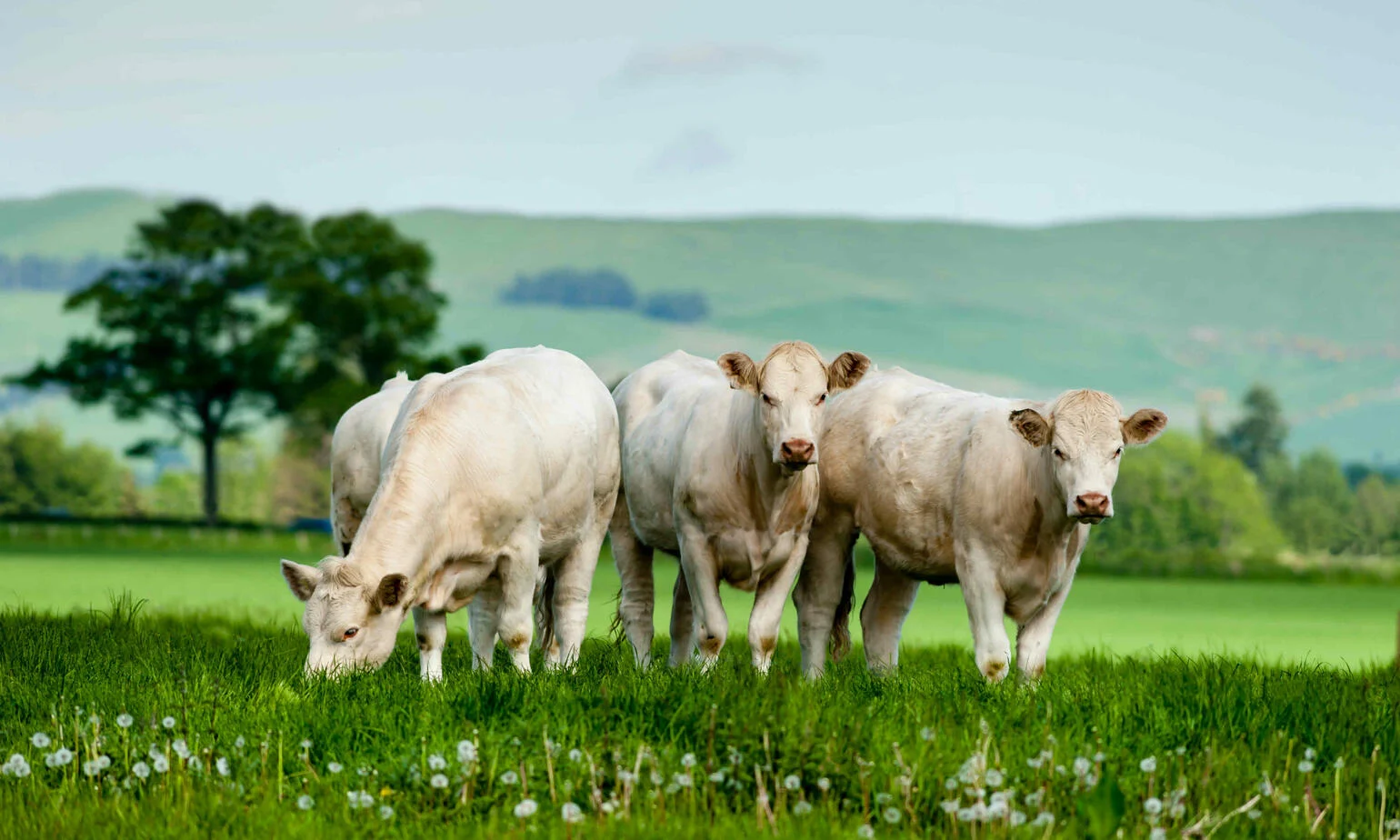
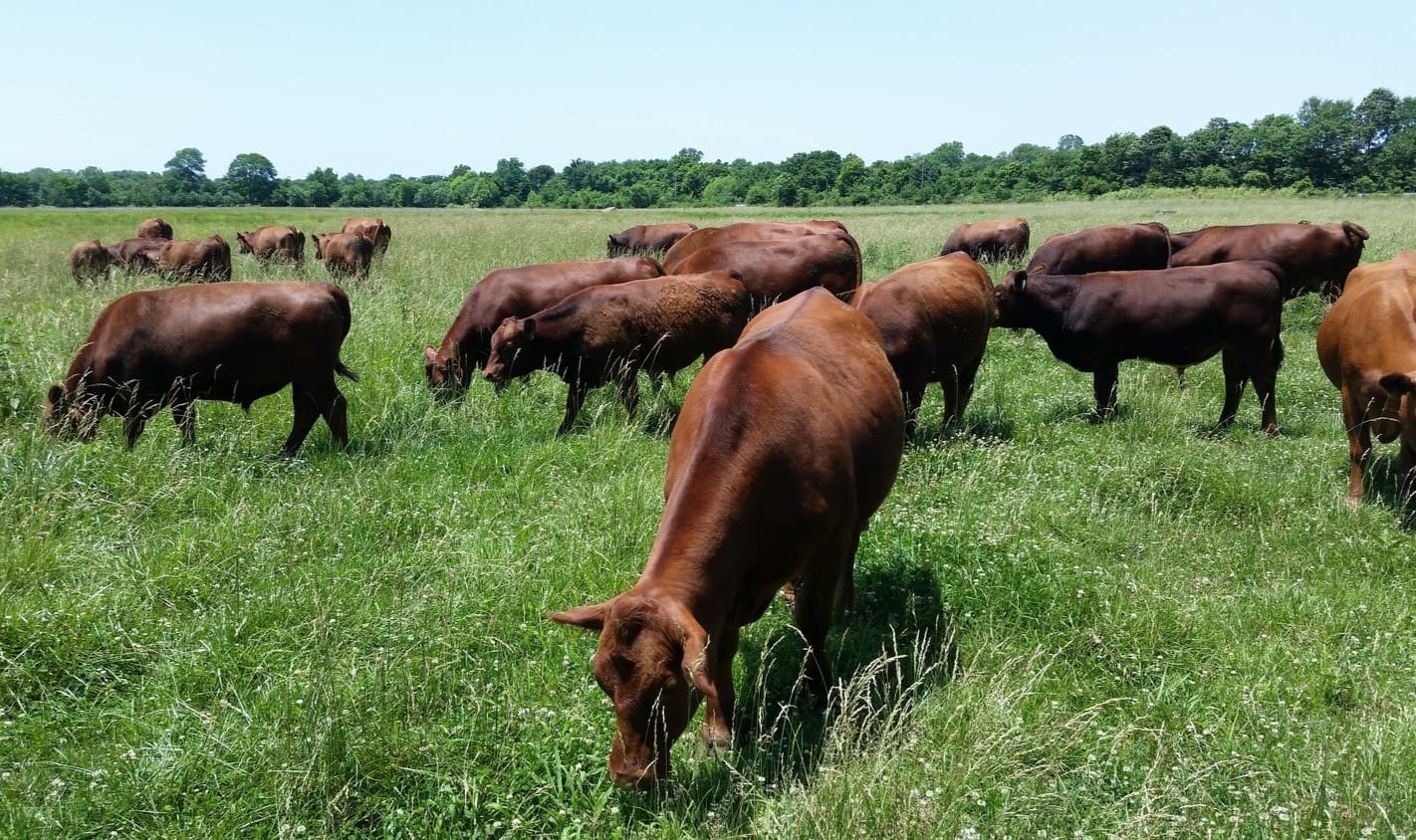
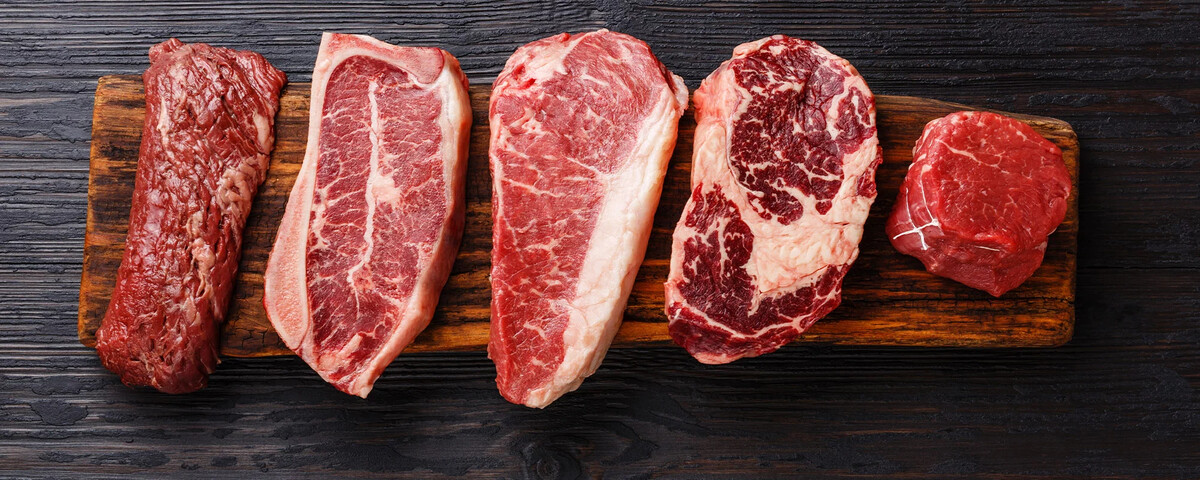
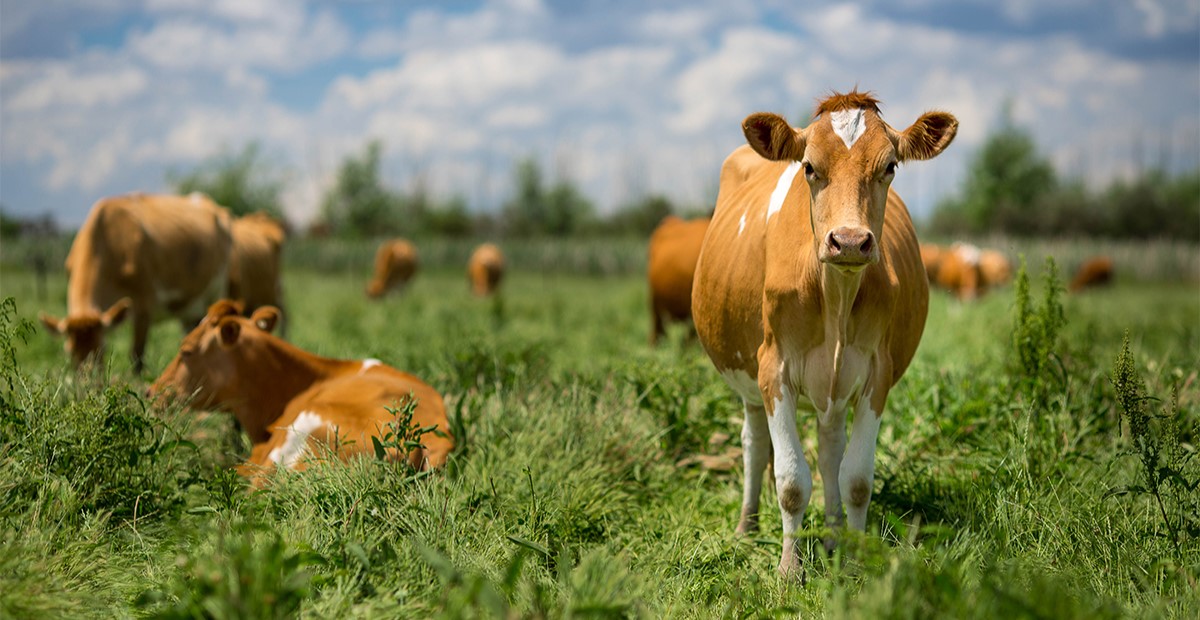

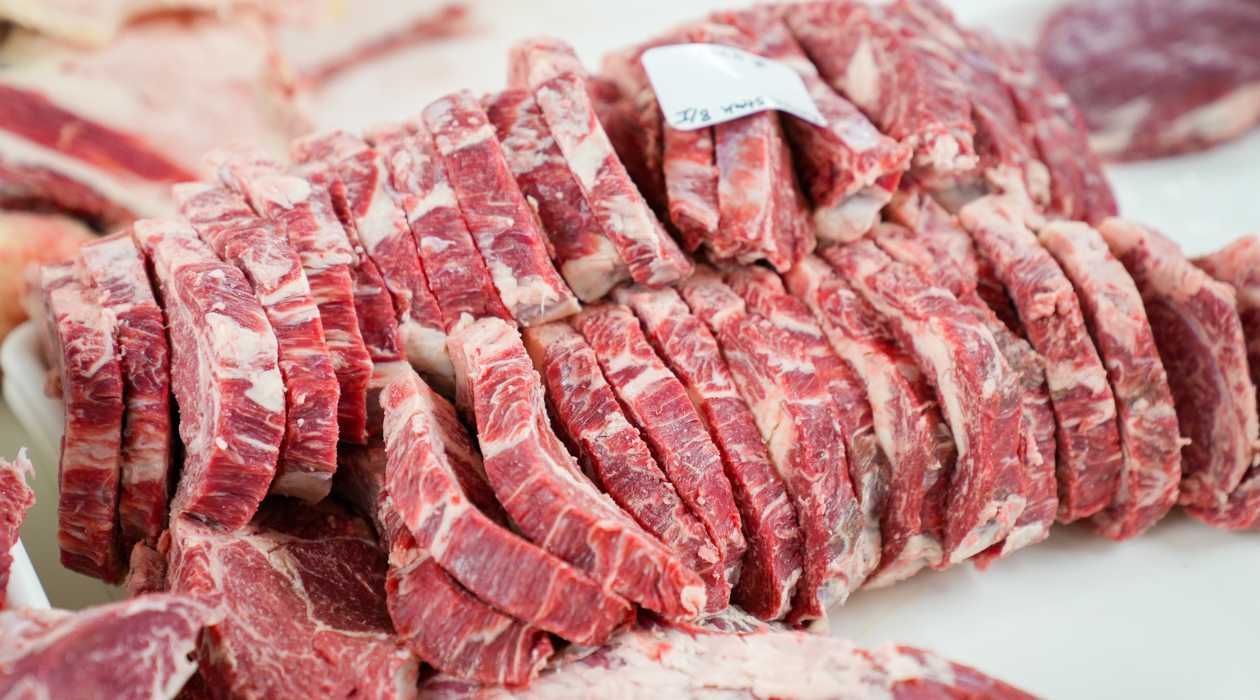
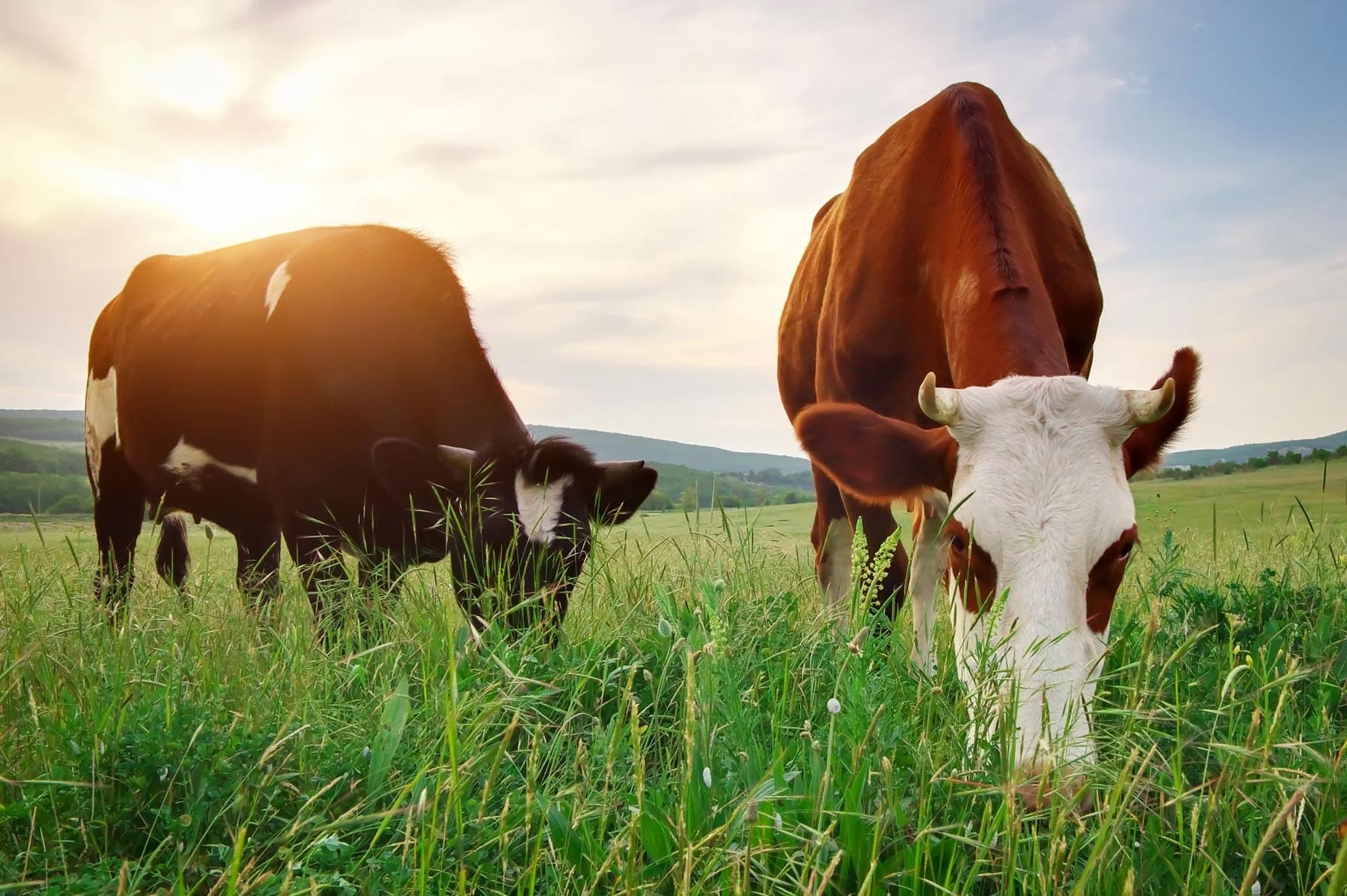
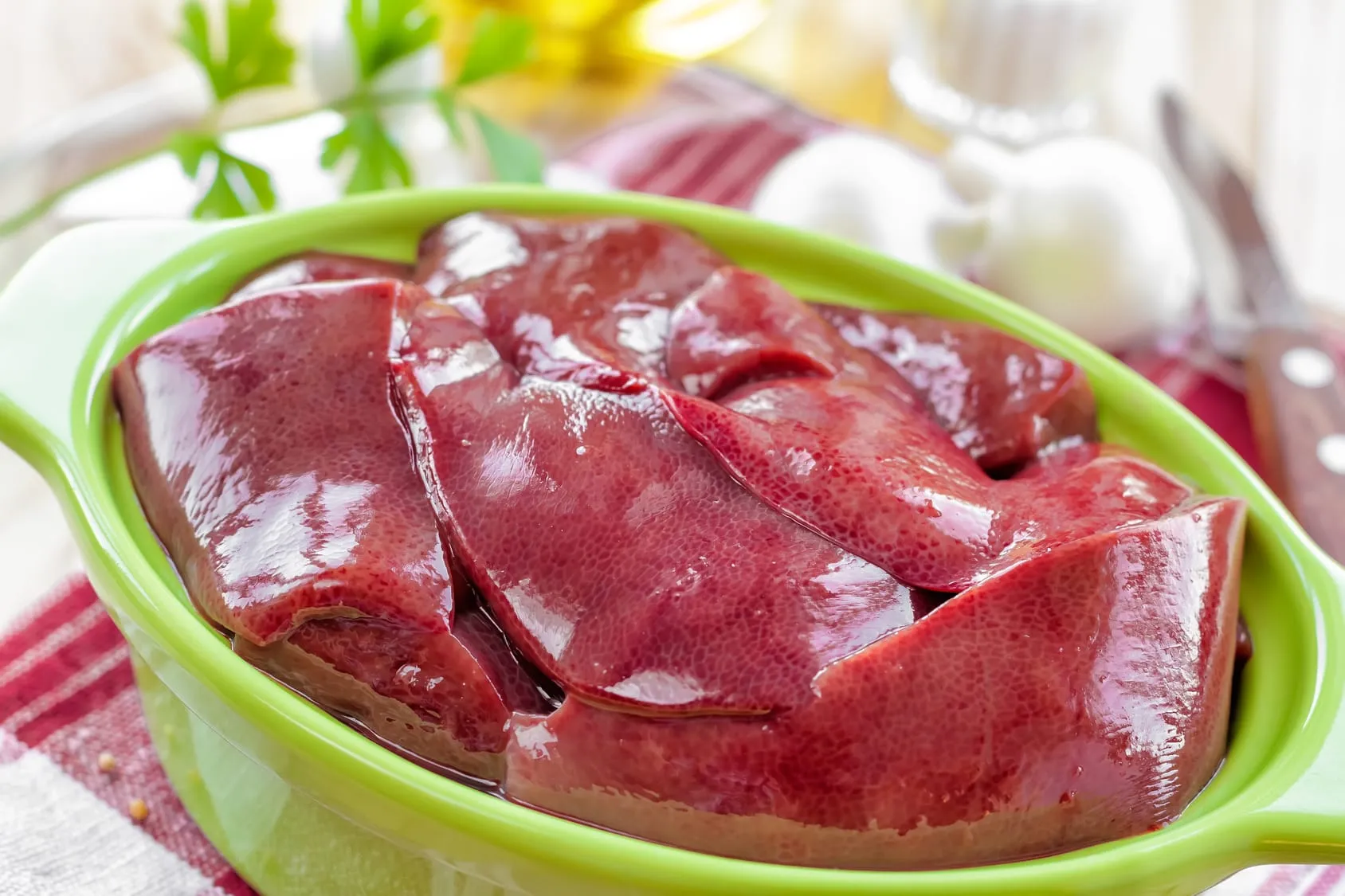
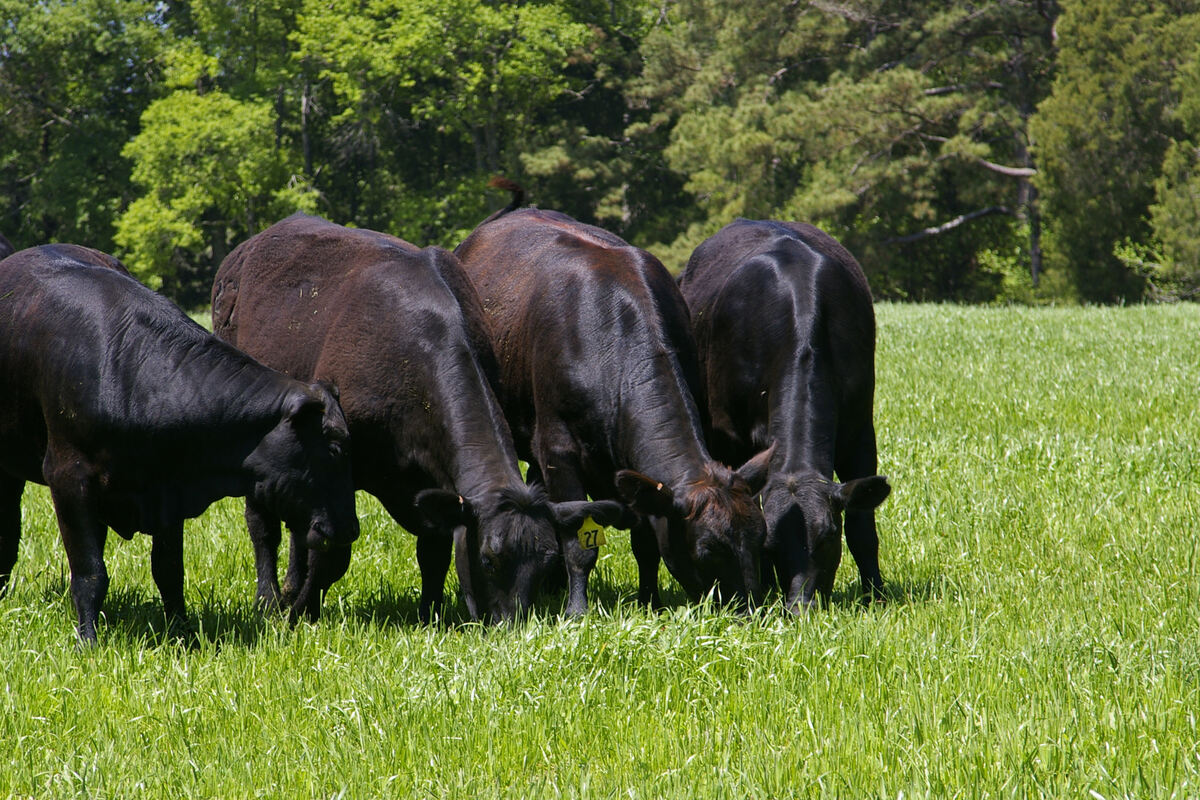
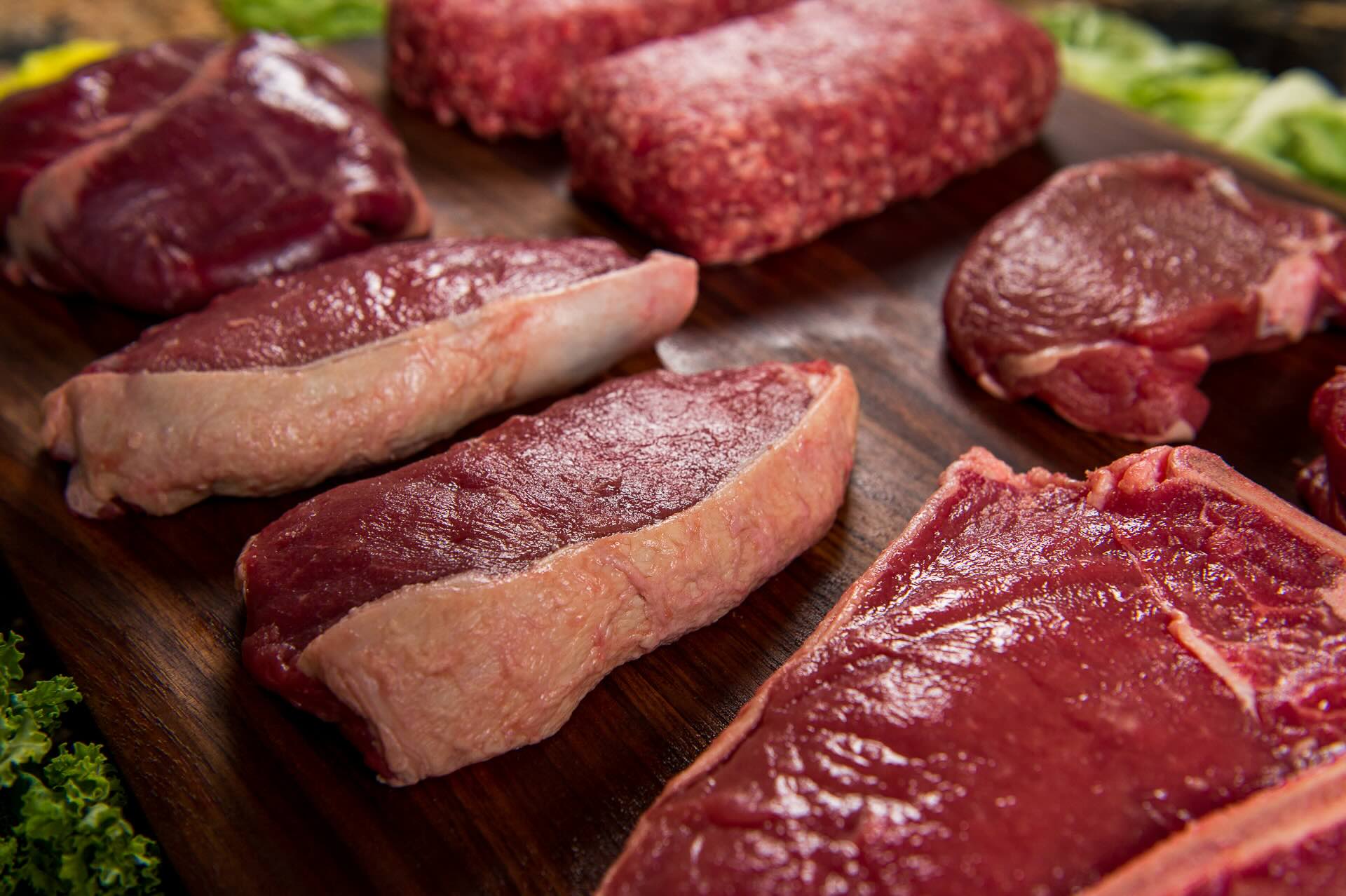
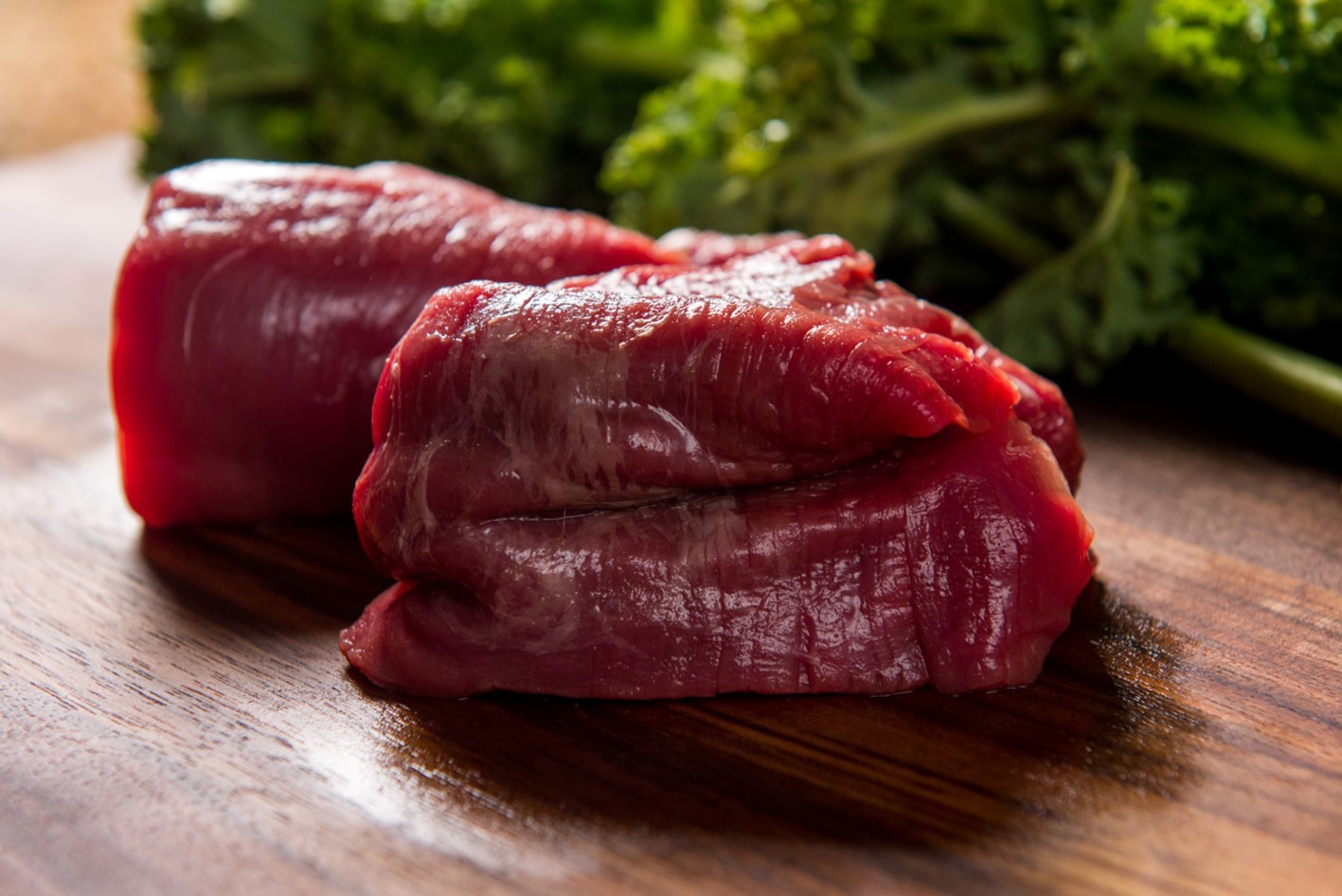
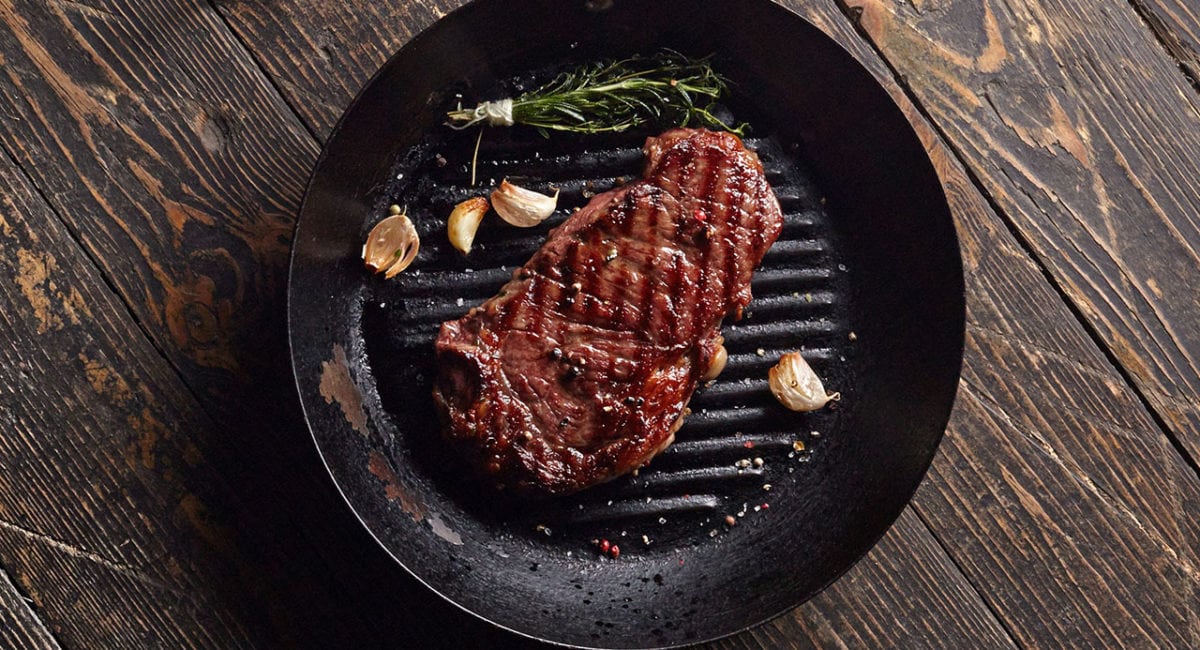
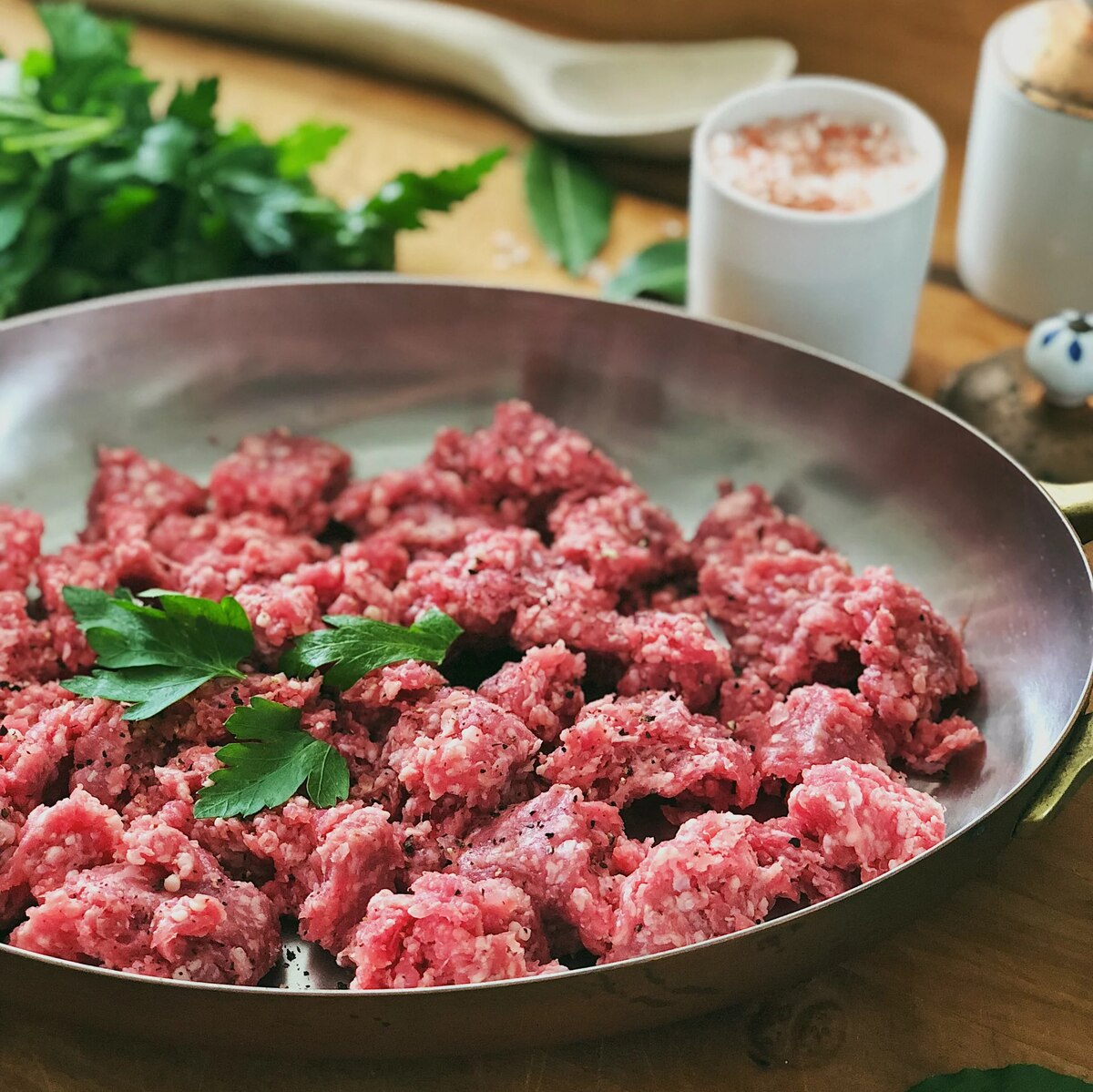
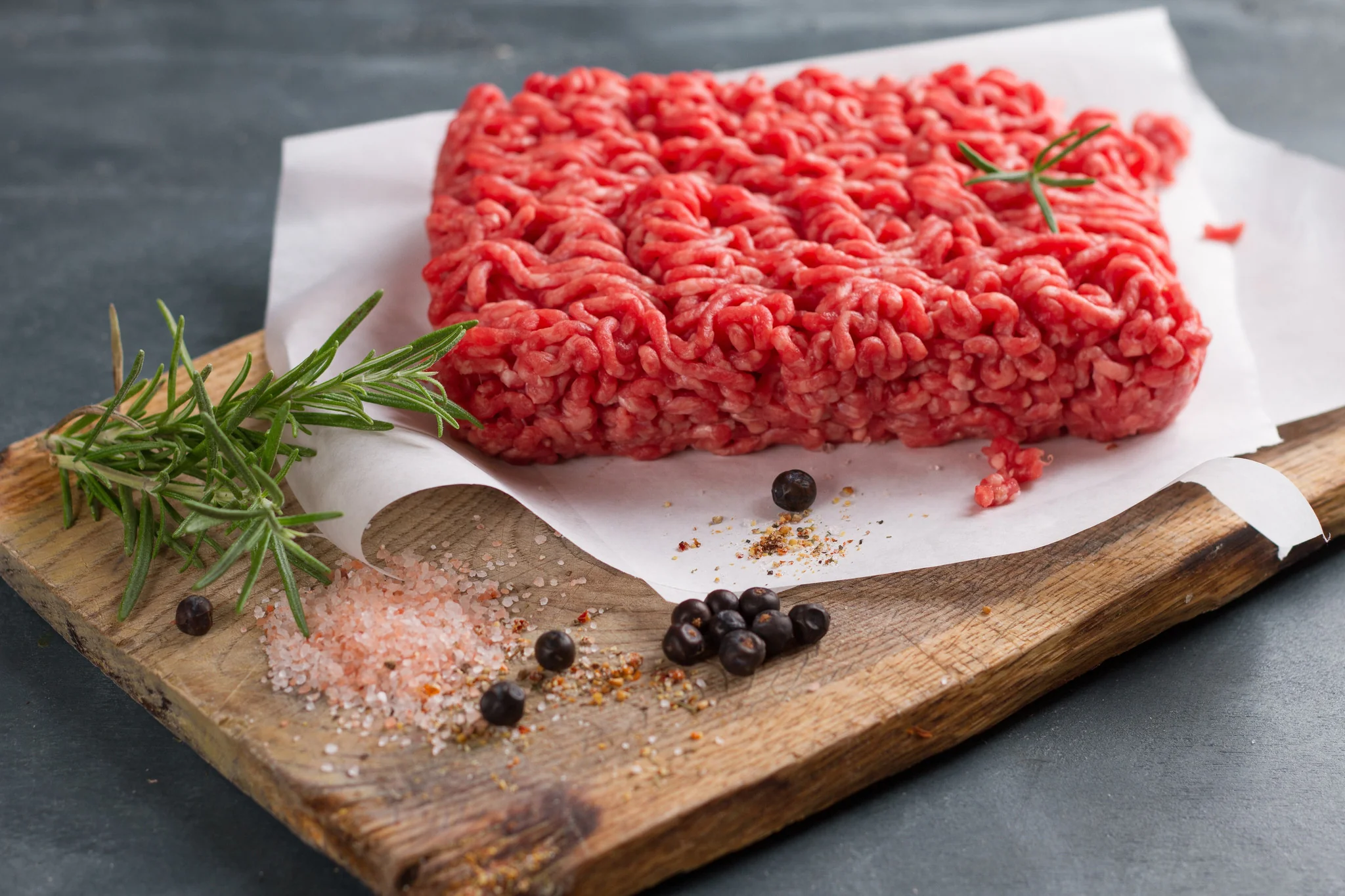

0 thoughts on “What Does Grass-Fed And Finished Beef Mean”